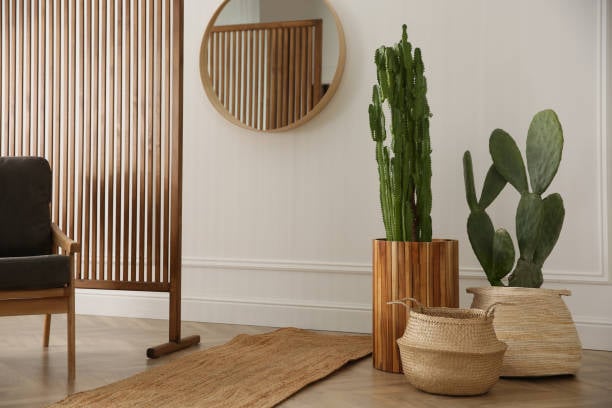The Ultimate Guide to Making Cement Pots: What Materials Do You Need?
Are you looking to add a touch of elegance to your garden or home decor? Look no further than cement pots! These versatile and durable containers can be customized to suit any style or preference. In this article, we will explore the materials you need to create your very own cement pot masterpiece. From cement mix to molds, we have got you covered. Let's get started!
1. High-Quality Cement Mix
The foundation of any successful cement pot project is a high-quality cement mix. Opt for a cement mix specifically designed for craft projects, as it will provide the ideal balance between strength and workability. Look for a mix that requires minimal water and offers a smooth finish. This will ensure that your cement pot turns out strong and aesthetically pleasing.
2. Water
Water is an essential component of the cement mixing process. It helps activate the cement mix and allows it to harden and set properly. Be sure to use clean water that is free from impurities, as this can affect the quality and durability of your cement pot. The amount of water needed will vary depending on the specific cement mix you are using, so always follow the manufacturer's instructions.
3. Mold
To give your cement pot its desired shape and size, you will need a mold. There are various options available, including plastic, silicone, and even homemade molds. Choose a mold that is sturdy and can withstand the weight and pressure of the wet cement. Additionally, consider the design and size of the mold to ensure that it aligns with your vision for the final product.
4. Release Agent
A release agent is used to prevent the cement from sticking to the mold, making it easier to remove once it has set. Common release agents include cooking spray, petroleum jelly, or specialized mold release sprays. Apply a thin layer of the release agent to the inside of the mold before pouring in the cement mix to ensure a smooth release.
5. Reinforcement of Cement Pots
For larger or heavier cement pots, reinforcement is crucial to prevent cracking and ensure longevity. Consider adding reinforcement materials such as wire mesh, fiberglass, or even metal rods to strengthen the structure of your pot. These materials will provide added support and stability, especially for outdoor cement pots exposed to elements.
6. Mixing Tools
To properly mix the cement and water, you will need a few essential tools. A large bucket or wheelbarrow is ideal for mixing larger quantities, while a smaller container can be used for smaller projects. Additionally, a trowel or mixing paddle will help you achieve a uniform consistency and ensure all dry pockets are thoroughly mixed.
7. Protective Gear of Cement Pots
Safety should always be a priority when working with cement. Protect yourself by wearing appropriate gear such as gloves, safety goggles, and a dust mask. Cement dust can irritate the skin and eyes, so it's essential to take precautions. Additionally, consider working in a well-ventilated area or wearing a respiratory mask to minimize inhalation of dust particles.
8. Decorative Additions
One of the best things about making your own cement pot is the ability to personalize it with decorative additions. Consider incorporating items such as pebbles, glass beads, or even mosaic tiles into the wet cement for added visual interest. These decorative elements will enhance the overall aesthetics of your cement pot and make it truly one-of-a-kind.
9. Finishing Tools
Once the cement has set, you may want to refine the surface of your pot. Finishing tools such as sandpaper, a wire brush, or a concrete sealer can help you achieve the desired texture and appearance. Sanding down rough edges or applying a sealer will give your cement pot a polished and professional look.
10. Patience and Creativity
Finally, the most important materials you need for a cement pot project are patience and creativity. Working with cement requires time and precision, so be prepared to wait for the cement to cure properly before removing it from the mold. Additionally, let your creativity shine by experimenting with different shapes, colors, and designs to create a cement pot that reflects your unique style.

